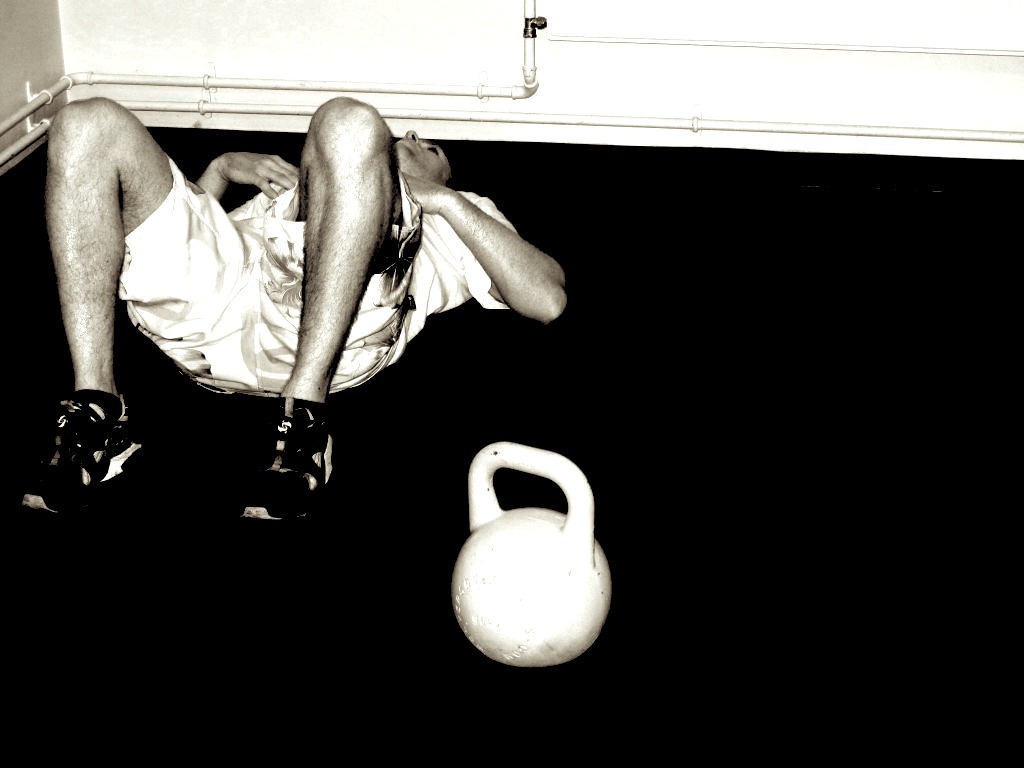A commitment to fitness comes with some repercussions. Regardless of the exercise you do, your body will experience some wear andtear. You must take care of your bones, muscles, and joints if, in fact, you are looking to make fitness a priority in your life – otherwise your plans may be cut short. Thus, injury prevention must be paramount. And no other body part causes more trouble than your knees.
Here’s a primer for identifying knee pain and what to do about it.
LOCATE THE PAIN TO ESTABLISH THE FIX
Front (above the kneecap): Quad muscle, quad tendon. You may be extending your knee too far beyond your toes.
Front (below the kneecap): Patellar tendon. Injury here is known as “Jumper’s Knee.” You may want to pay attention to your form and overall readiness for the sport you’re engaged in.
Front (under the kneecap): Irritation of the cartilage under the kneecap. Injury here is known as “Runner’s Knee.” This is a common pain for those who spend a lot of time bent at the knee like tile layers. You may want to pay attention to your form and overall readiness for the sport you’re engaged in.
Back: Hamstring, popliteus, and gastrocnemius (calf) tendon. Pain at the back of the knee near the calf is often referred to as “Tennis Leg.” Address strength in your hamstrings and calves as well as joint mobility at knee and ankle.
Inside: Medial collateral ligament (MCL), anterior cruciate ligament (ACL), medial meniscus. These areas provide the knee sideways movement. Injury often occurs when the knee has moved in an unnatural way during sports requiring rapid response movements.
Outside: Iliotibial band (IT), lateral collateral ligament (LCL), lateral meniscus. Outside ligaments provide the knee stability during activities such as squats. In fact, the IT runs from your pelvis to the knee, providing crucial support. When the thigh muscles are weak or you haven’t stretched them in advance of your workout, your IT could be injured more easily.
TYPES OF INJURY

kneediagramLigament Injury: Marked by immediate pain. Can be felt as a tenderness, a popping noise, and/or inflammation. Minor trauma can be remedied with ice packs, immobilization, rest, and elevation. Moderate trauma requires crutches or long-term rest of the area. Severe trauma requires arthroscopic or open surgery.
Meniscus Tear: This tear is common in those that engage in sports requiring rapid movements. Injury is marked by popping noises followed by inflammation and warmth in the knee. It is possible to also experience locking or an unstable sensation in the knee joint. Minor trauma can be remedied with ice packs, immobilization, rest, and elevation. Moderate trauma requires crutches or long-term rest of the area. Severe trauma requires arthroscopic or open surgery.
Tendinitis: Involves inflammation of the patellar or popliteal tendon – often a result of jumping movements. Injury is marked by pain and tenderness. Minor trauma can be remedied with ice packs, immobilization, rest, and elevation. Moderate trauma requires crutches or long-term rest of the area. Severe trauma requires arthroscopic or open surgery.
Bursitis: Involves inflammation of the prepatellar or anserine bursa. Injury is marked by pain, tenderness, and swelling. Minor trauma can be remedied with ice packs, immobilization, rest, and elevation. Moderate trauma requires crutches or long-term rest of the area. Severe trauma requires arthroscopic or open surgery.
Fracture: Involves bone breakage. Fractures often require surgery and immobilization.
Dislocation: Involves dislocating the kneecap. Dislocation often requires surgery and immobilization.
WHAT YOU CAN DO ABOUT IT RIGHT NOW
•Ice: 15-20 minutes, 3-4 times a day.
•Medicate: Aspirin, acetaminophen, and ibuprofen may relieve pain and reduce inflammation.
•Compress: Wrap knee in elastic wrap if inflammation and swelling are present.
•Elevate: Raise the knee while at rest and during the night.
•Rest: This could take several days or several weeks.
•Make an appointment: See a doctor if the pain is severe or if the pain persists.
Remember, the best way to avoid these injuries is to use proper form, train according to your skill level, rest, and make sure your entire body is conditioned to the sport you’re engaged in.
(Originally posted on ferrignofit.com)

 RAWFIT est. 1999
RAWFIT est. 1999 